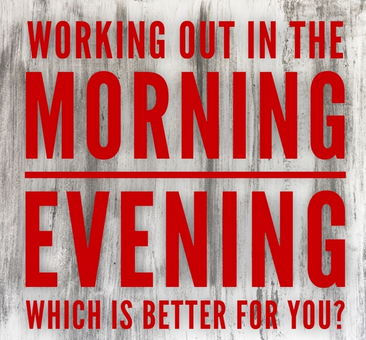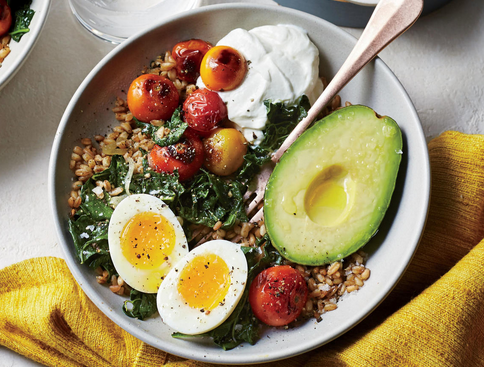Everyone is shopping for holiday gifts. The stores are buzzing with sales, holiday gift pop-up stores are daily, and online orders have overloaded the internet. And similarly, I have also noticed people shop for the best way to lose weight- especially as holiday festivities lead to more sweets and cocktails.
Here are a few “diets” that I have heard of (maybe you have too?). Are they to good to be true?
The Military Diet. As a little girl I loved the movie Private Benjamin with Goldie Hawn. It wasn’t that I wanted to join the army but I loved the hard training (albeit hysterical) that she endured. So, why wouldn’t I want to sign up for the “Military Diet”. It sounds like a way of life. Well, here’s the hard facts. It has nothing to do with the military. Rather, it is a strict, short-term plan that requires drastically reducing your caloric intake. The restrictions work over a three-day period, and then you take four days off from the diet. And there is no exercise involved. Instead of military-based nutritional practices, the Military Diet requires persistence when the going gets tough. There are numerous risks associated with such restrictive diets, including gaining all the weight back — and then some — once you’re finally done with the program. This “fad diet” puts you at risk for regaining weight that is lost from muscle and water in particular.
The Gluten-Free Diet. A diet without gluten is used to help alleviate symptoms of celiac disease, an autoimmune condition that affects nutrient absorption and prevents the digestion of gluten. Many people are going gluten free (despite not having this or other similar health conditions that necessitate eliminating gluten). If your body doesn’t react negatively to gluten, it’s simply not necessary to avoid it. There’s no need to swear off any one food to gain better health or promote weight loss when it’s not medically necessary. More importantly, there is no scientific evidence that avoiding gluten will lead to weight loss. Some people who go on a gluten-free diet will lose weight, but usually that’s because they’re cutting out foods like cookies, cake, and pasta — foods containing gluten that are also high in calories.
The Body Type Diet. We all have different body types and there is not a one size fits all diet. For example, a person who is long and lean may eat pasta and pizza without ever gaining weight. But, is this healthy? The body type diet does not have rigorous scientific research supporting its use; therefore, there’s no proof it will result in weight loss or any health benefits.
I believe that “fad diets” don’t work. Rapid weight loss is not sustainable and quick weight loss diets are not healthy, and the weight is likely to rebound when you begin eating normally again. So, looking for the “perfect diet”? believe that a more realistic approach to weight loss is achieved through a balance of healthy carbs, lean protein, and healthy fat for every meal coupled with an exercise routine that you enjoy!




















